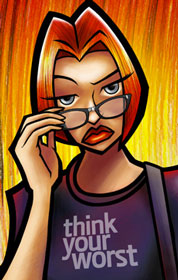 Like many who grew up in the ’60s and ’70s (and perhaps even ’80s and later), Tim and Paul had the course of their lives changed by the 1966 Batman TV show, from the types of play they did growing up to their present-day interests.
Like many who grew up in the ’60s and ’70s (and perhaps even ’80s and later), Tim and Paul had the course of their lives changed by the 1966 Batman TV show, from the types of play they did growing up to their present-day interests.
In our premiere episode, we discuss the allure of the show and its effects on us — and invite you to share your own stories!
Podcast: Play in new window | Download

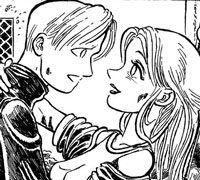
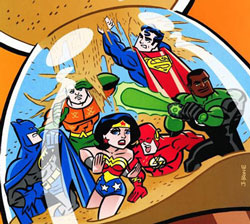
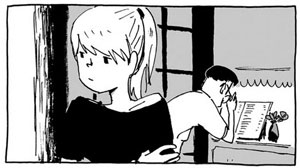 American comics fans were introduced to Ken Niimura back in 2010, when his art appeared in the Image miniseries I Kill Giants, written by Joe Kelly. Since then, Ken’s work has been seen in some short Spider-Man stories, and more recently, his book Henshin, which just came out in English from Image.
American comics fans were introduced to Ken Niimura back in 2010, when his art appeared in the Image miniseries I Kill Giants, written by Joe Kelly. Since then, Ken’s work has been seen in some short Spider-Man stories, and more recently, his book Henshin, which just came out in English from Image.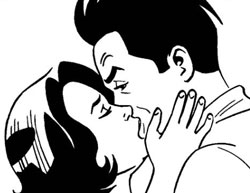 Did you think Love & Rockets was over?! Gilbert and Jaime Hernandez continue to release new work about once a year, and in this episode Kumar and Matt sit down and discuss some of it, with particular attention paid to Jaime’s The Love Bunglers. (Spoiler warning!)
Did you think Love & Rockets was over?! Gilbert and Jaime Hernandez continue to release new work about once a year, and in this episode Kumar and Matt sit down and discuss some of it, with particular attention paid to Jaime’s The Love Bunglers. (Spoiler warning!)
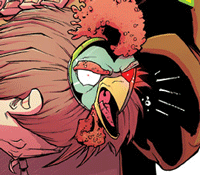 As John Layman and Rob Guillory’s
As John Layman and Rob Guillory’s  Sports have rarely been subject matter for comics in the US; perhaps comics’ inherent static-ness has seemed antithetical to an activity with so much movement. But Japan has seen comics about various sports, and some of them have been quite popular, even iconic.
Sports have rarely been subject matter for comics in the US; perhaps comics’ inherent static-ness has seemed antithetical to an activity with so much movement. But Japan has seen comics about various sports, and some of them have been quite popular, even iconic.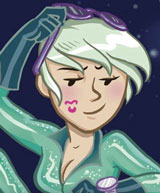 It’s one thing to have sex with a robot. What if you actually started having feelings for your A.I. S.O.? What if you started preferring the robot to your actual human partner? That’s the situation in
It’s one thing to have sex with a robot. What if you actually started having feelings for your A.I. S.O.? What if you started preferring the robot to your actual human partner? That’s the situation in 